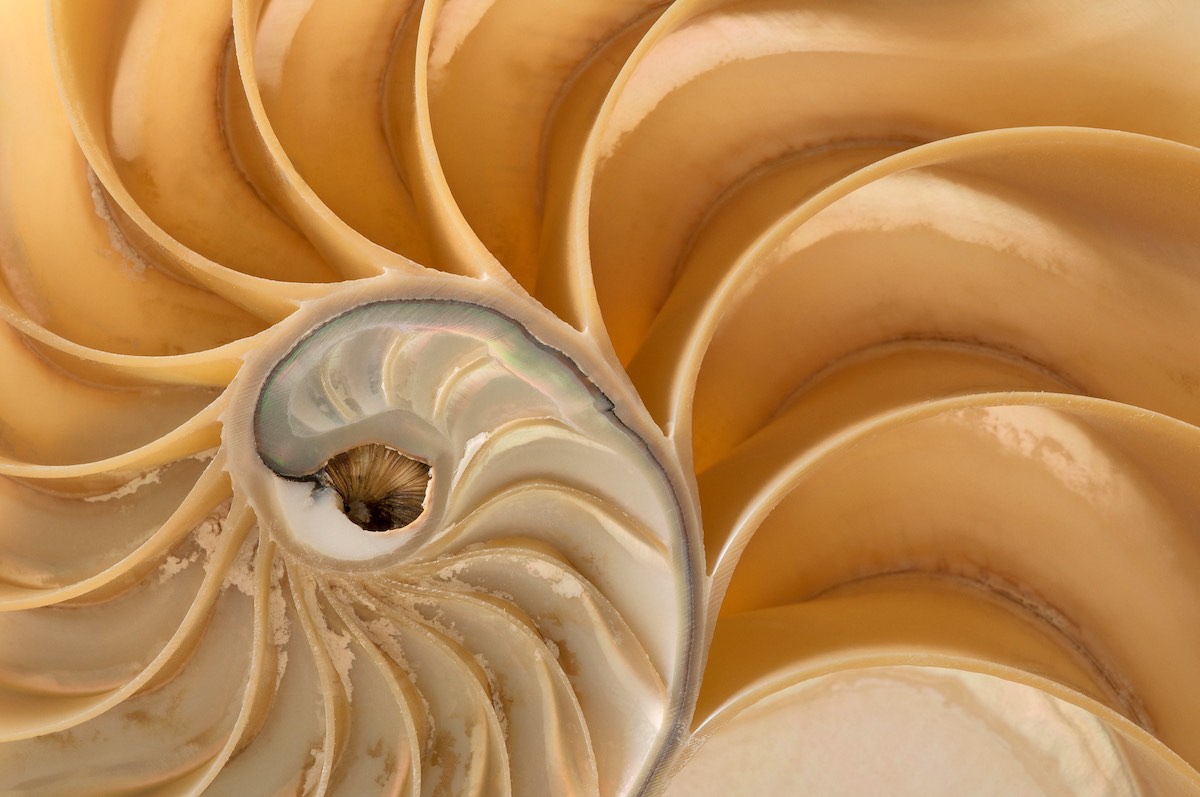4 Things to Know about the Nautilus
Published by Ocean Conservancy
The nautilus may just be one of the strangest looking creatures in the sea: its vividly-striped shell and numerous tentacles certainly make it stand out in the animal kingdom. And while it might look like the inspiration for the lead character in a Hollywood alien movie, the truth about these marine invertebrates is even cooler than fiction. Read on to learn four things to know about the nautilus.
They have well-known relatives.
Nautiluses are members of the phylum Mollusca, which includes clams, scallops, oysters and more. Within the phylum, they are members of class Cephalopoda, which also includes squid, cuttlefish and octopuses. Cephalopods get their name from the Greek word meaning “head-feet,” because their arms encircle their heads.
Now, it’s no secret that here are Ocean Conservancy we are big fans of cephalopods—from the massive colossal squid and the inventive mimic octopus to the venomous blue ringed octopus and the flashy flamboyant cuttlefish. Nautiluses are unique among other cephalopods, though, because they have hard outer shells that help protect them from predators. Because squid, octopuses and cuttlefish lack a hard external shell, they rely on other means to avoid predators, including changing color to camouflage themselves in the seascape.
They are “living fossils”.
The first nautilus species appeared over 500 million years ago—hundreds of millions of years before the dinosaurs! By that point, the continents weren’t even completely formed yet. Ancient nautiluses reached up to 10 feet in size, which is much larger than their current maximum size of 10 inches. Although there were originally over 10,000 different species of nautilus, only six species remain and are found in the Pacific and Indian Ocean.


They have complex homes.
Their iconic spiral shells are specially designed to help nautiluses move throughout the water column. Inside, the shells are divided into chambers—nautiluses are born with about four chambers, and add them as they grow. Adult nautiluses can have over 30 internal chambers! The chambers are connected by a tube called a siphuncle that alters the amount air in each chamber, which in turn changes the animals’ buoyancy. Also, they can propel themselves backward by expelling seawater from the chambers through the tube.
If that wasn’t enough, they can completely withdrawal into the shell if threatened by a predator. Talk about a well-designed home!
They need help.
Although nautiluses have been around for hundreds of millions of years, they face many threats today. Overfishing is decreasing population numbers, as jewelers and collectors are willing to pay good money for their unique shells. They are particularly impacted by overfishing because they are slow-growing, take a long time to reach sexual maturity and only lay a few eggs a year. From 2005 to 2008 alone, the United States imported over half a million nautilus shells, and scientists worry that our desire for the nautilus could be driving the animal towards extinction.
The best way you can help the nautilus is by not buying products made from their shells. Instead, you can celebrate them by learning more about this strange and fantastic cephalopod!
Sign up for our emails!
The post 4 Things to Know about the Nautilus appeared first on Ocean Conservancy.
Read the full article at: https://oceanconservancy.org/blog/2019/08/26/nautilus/


